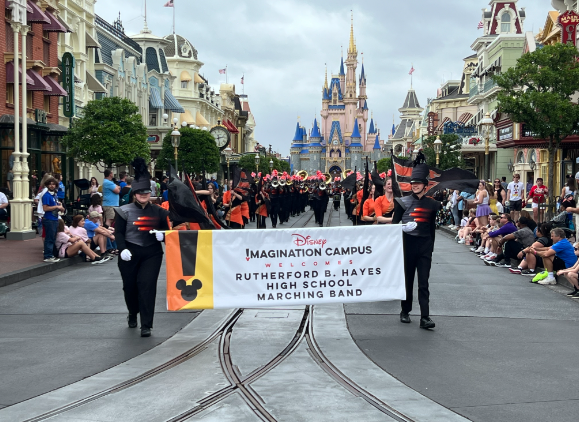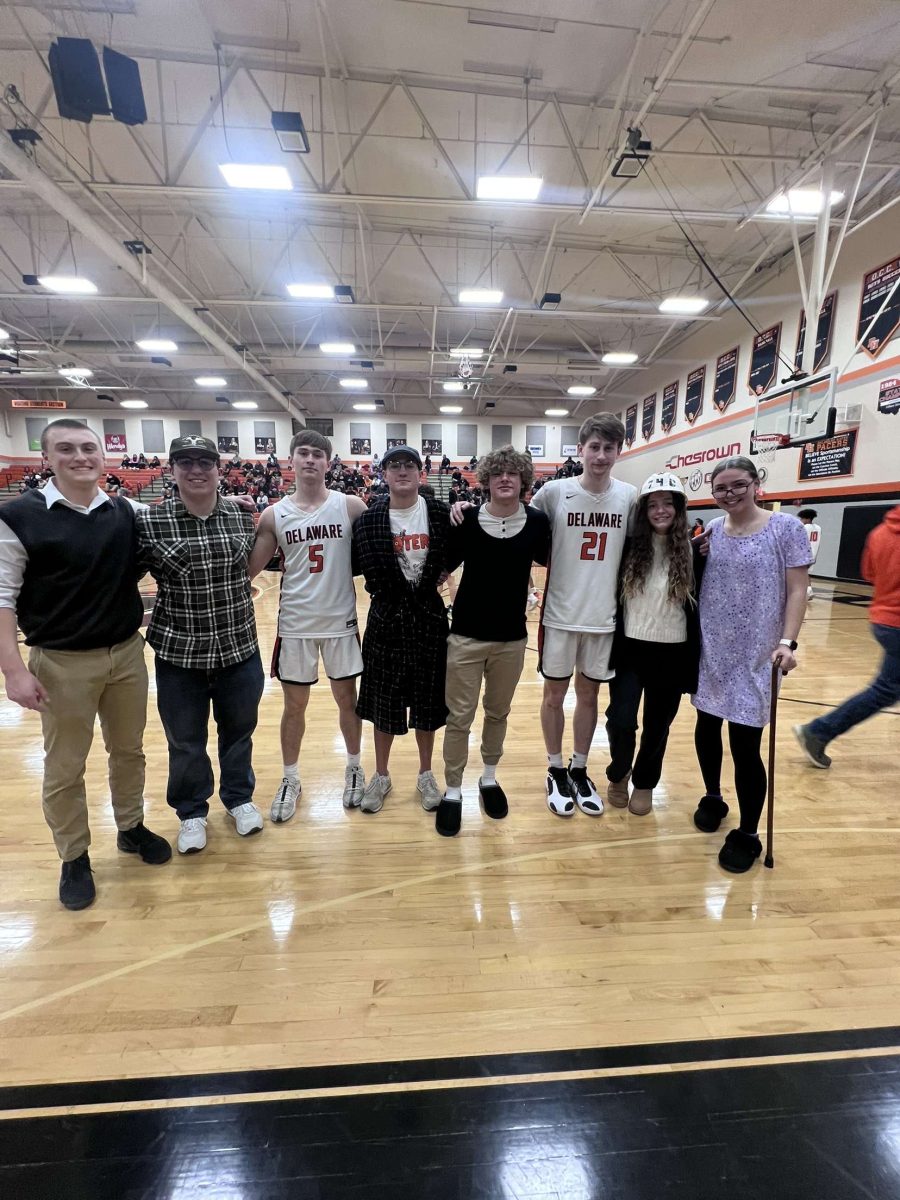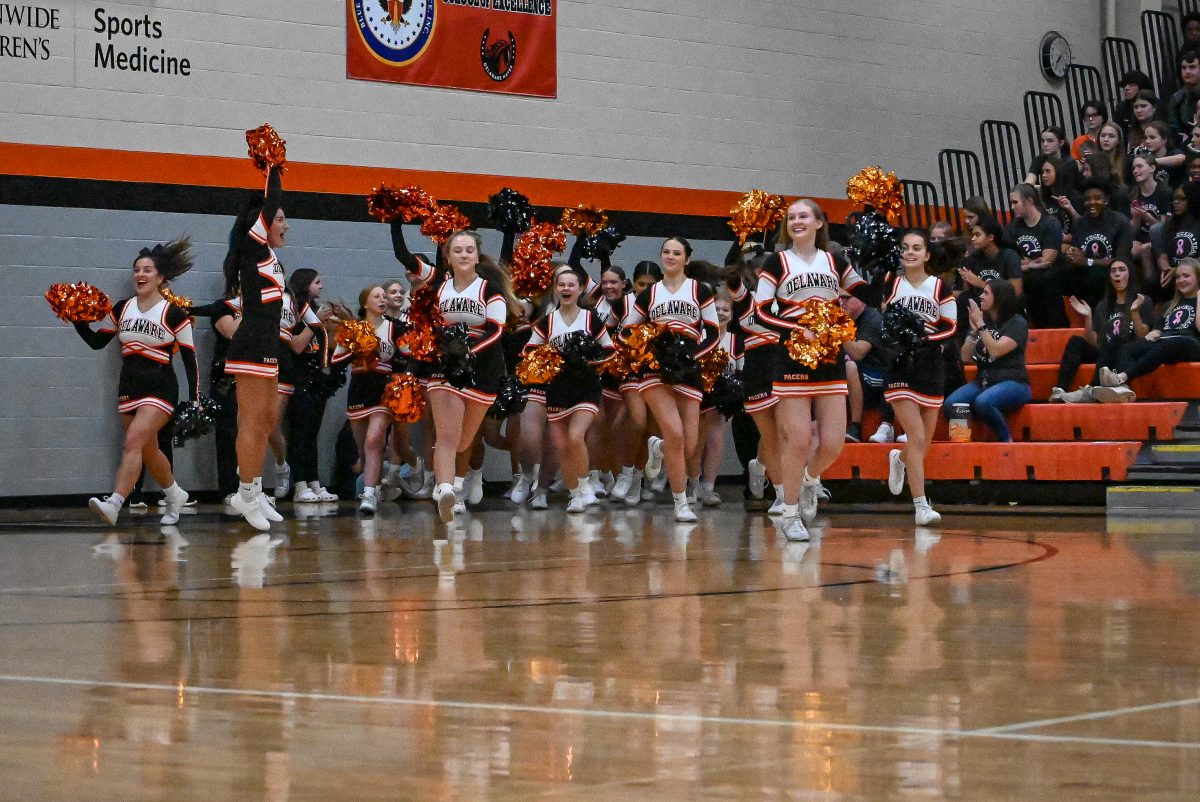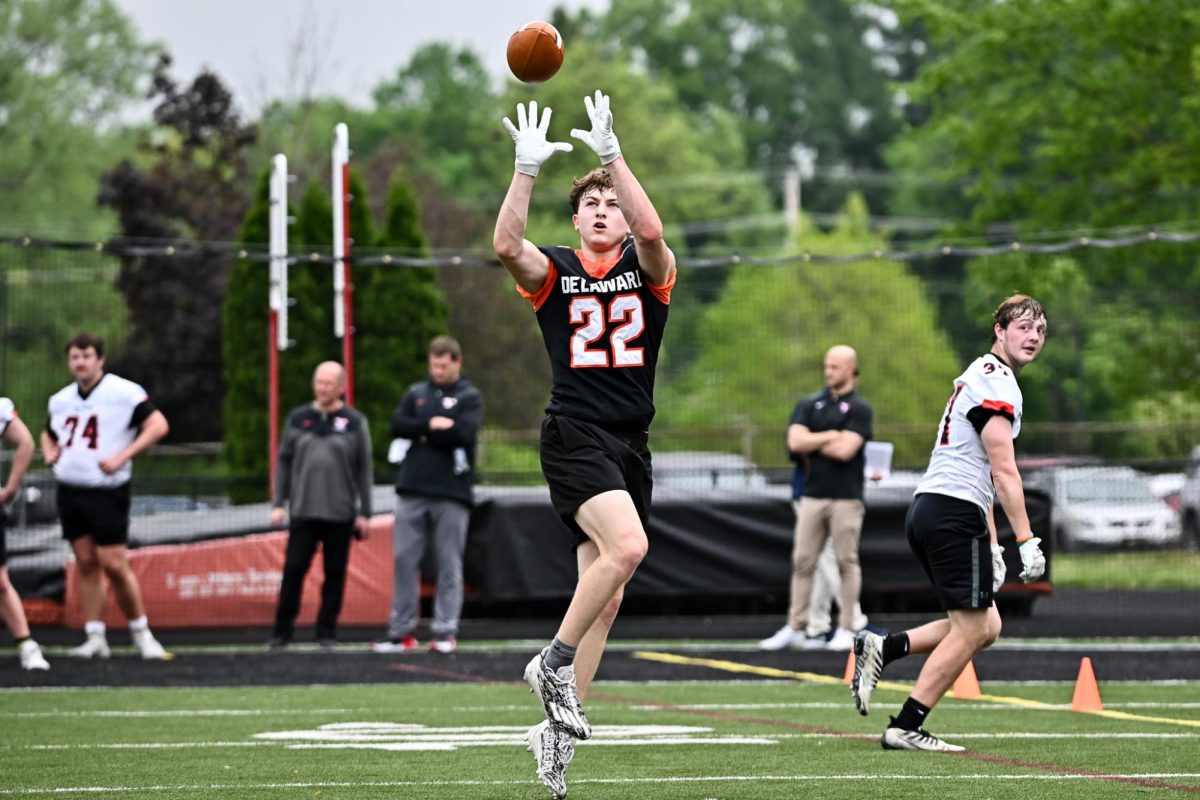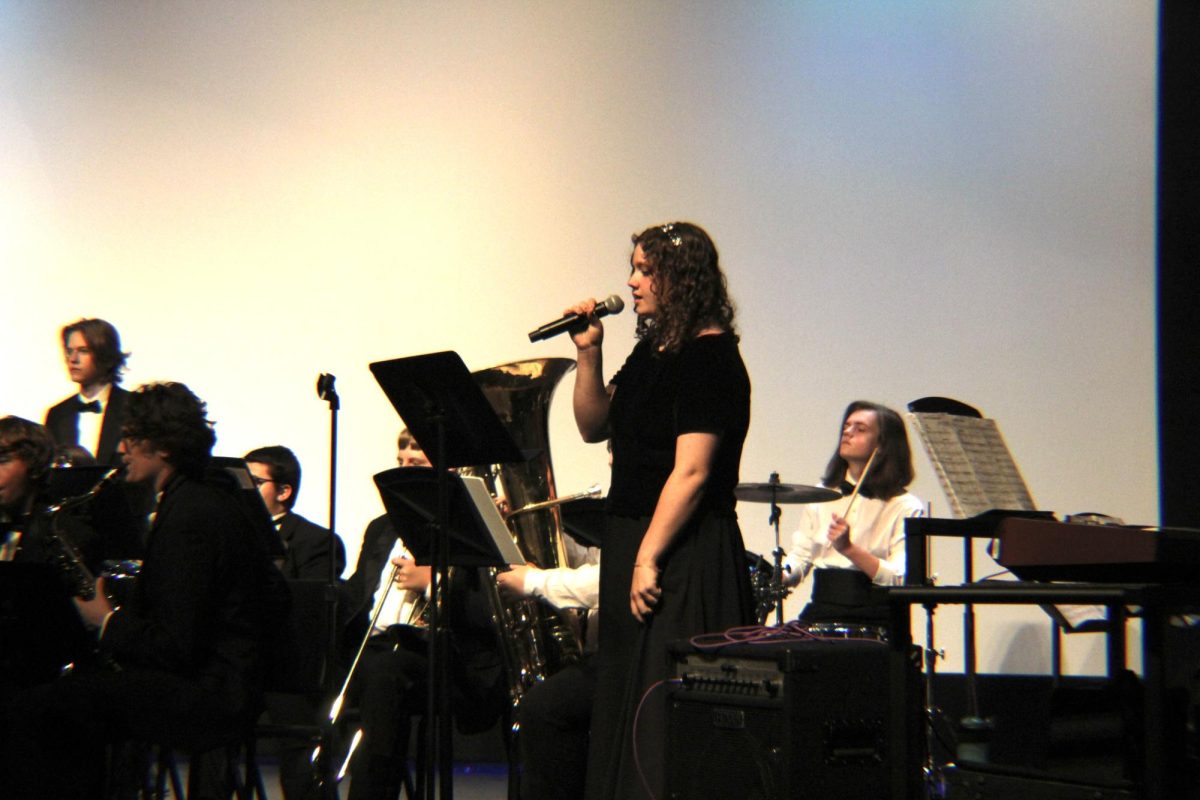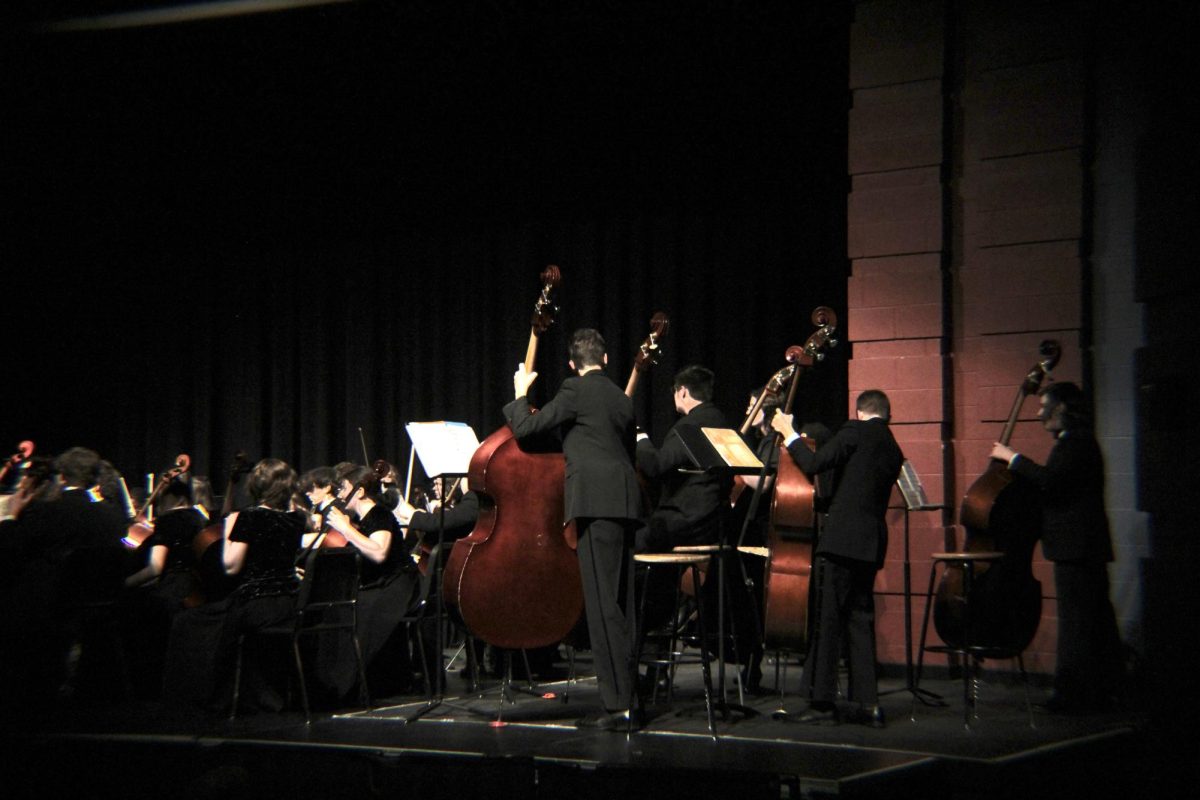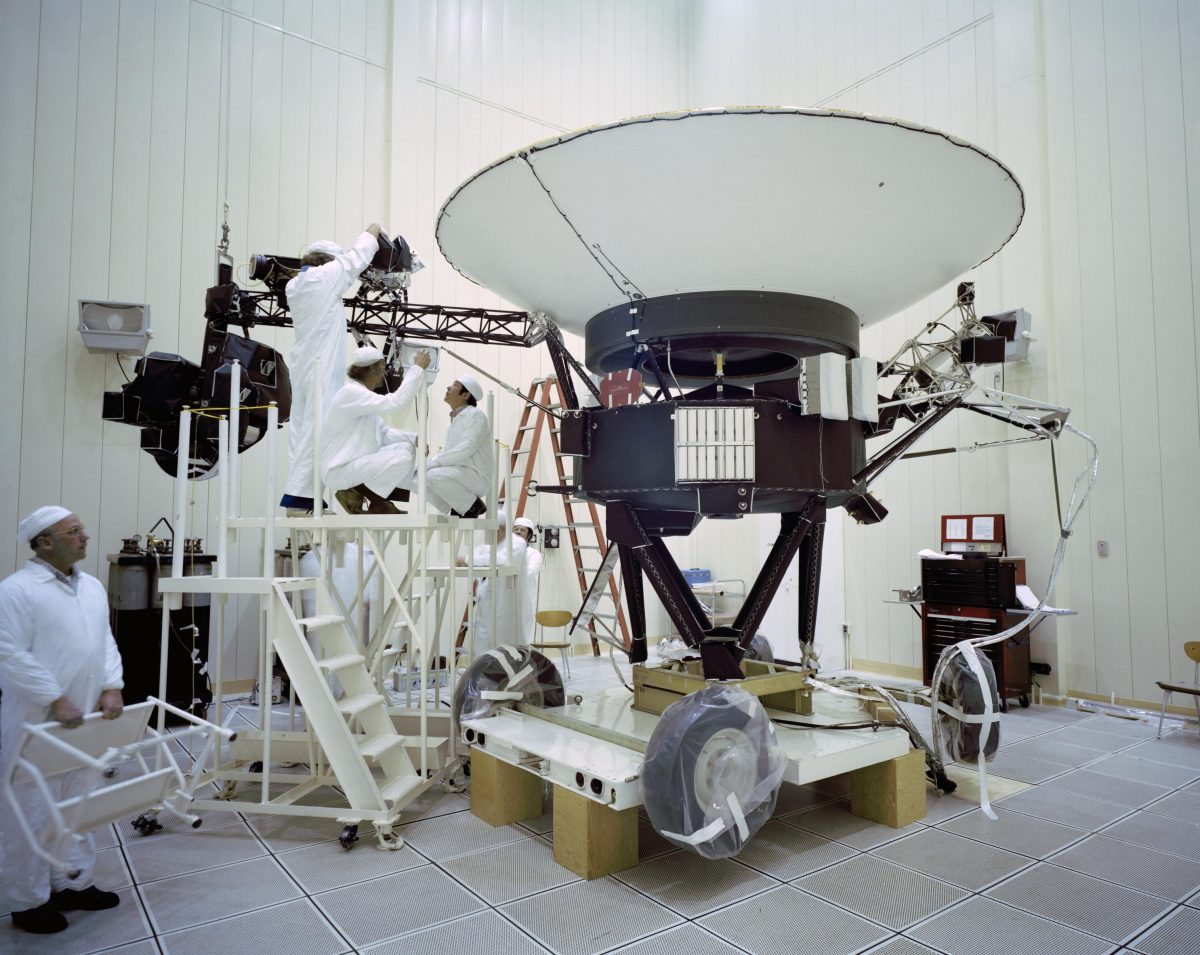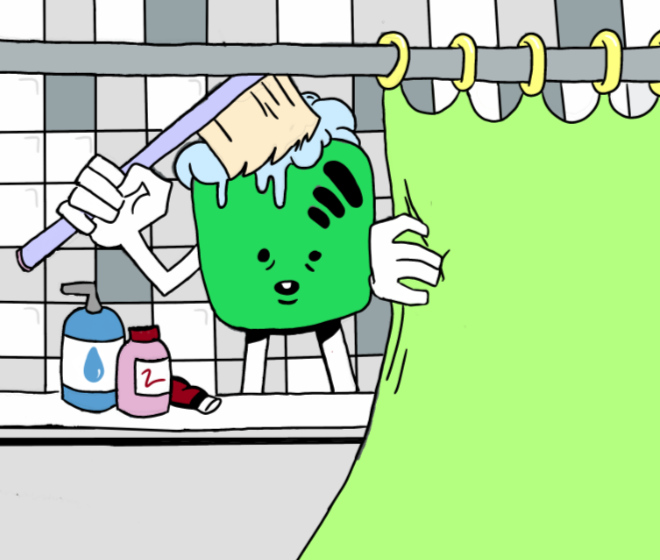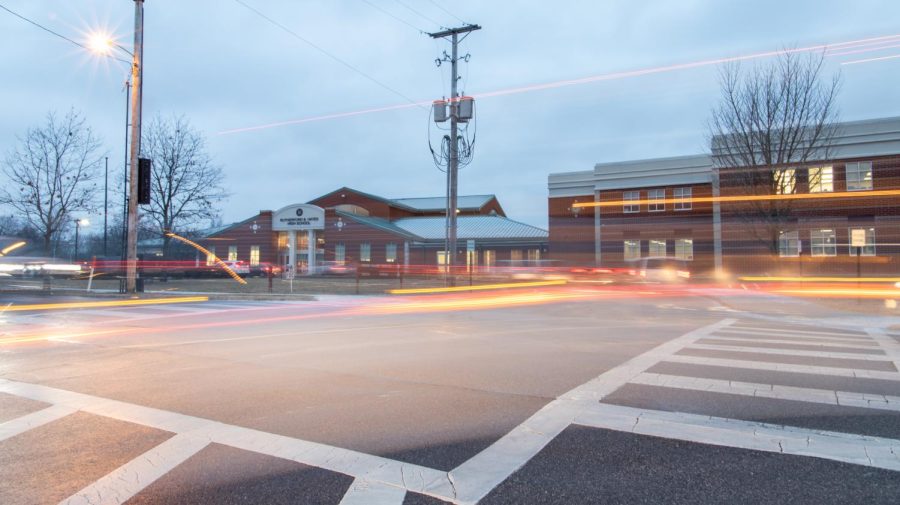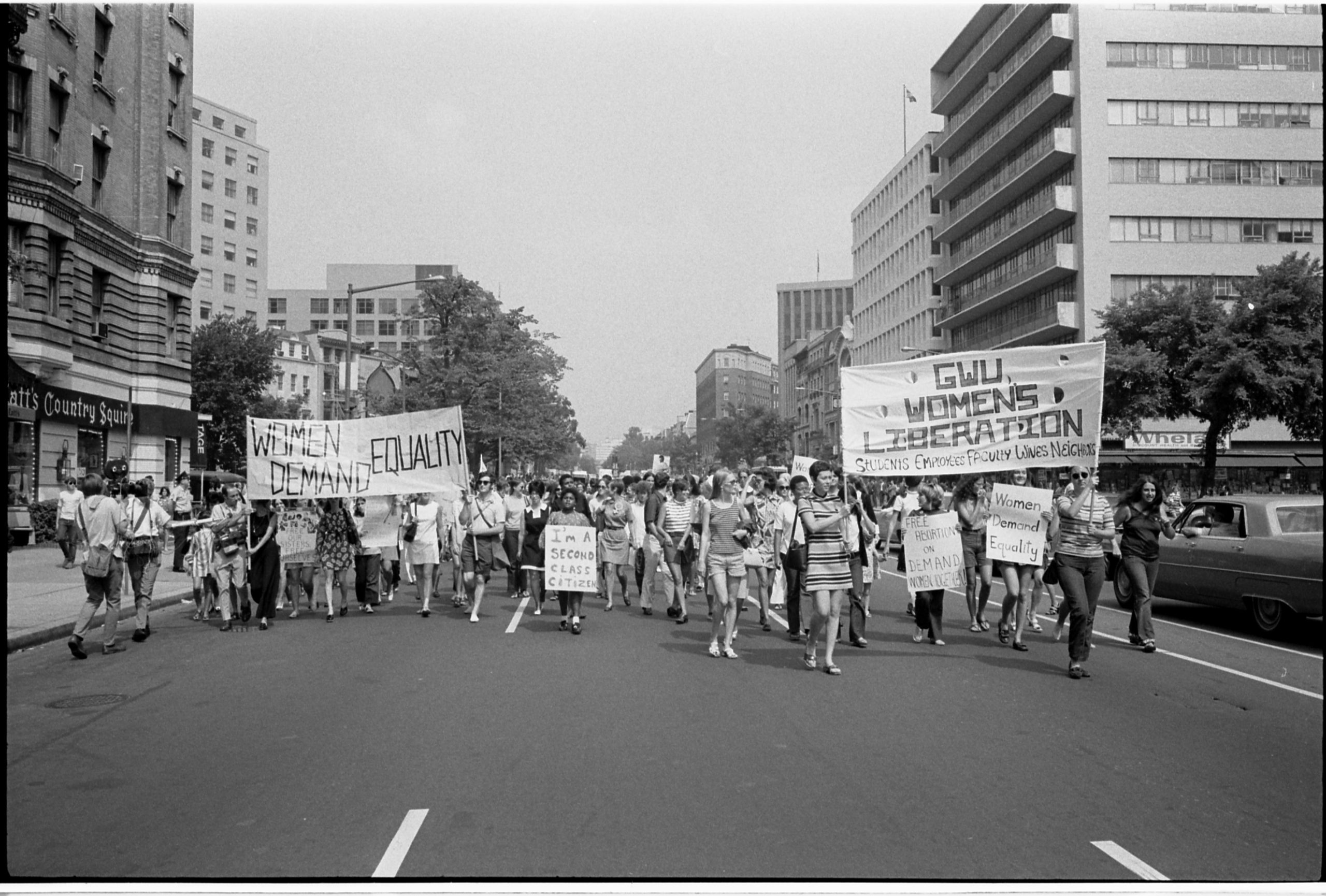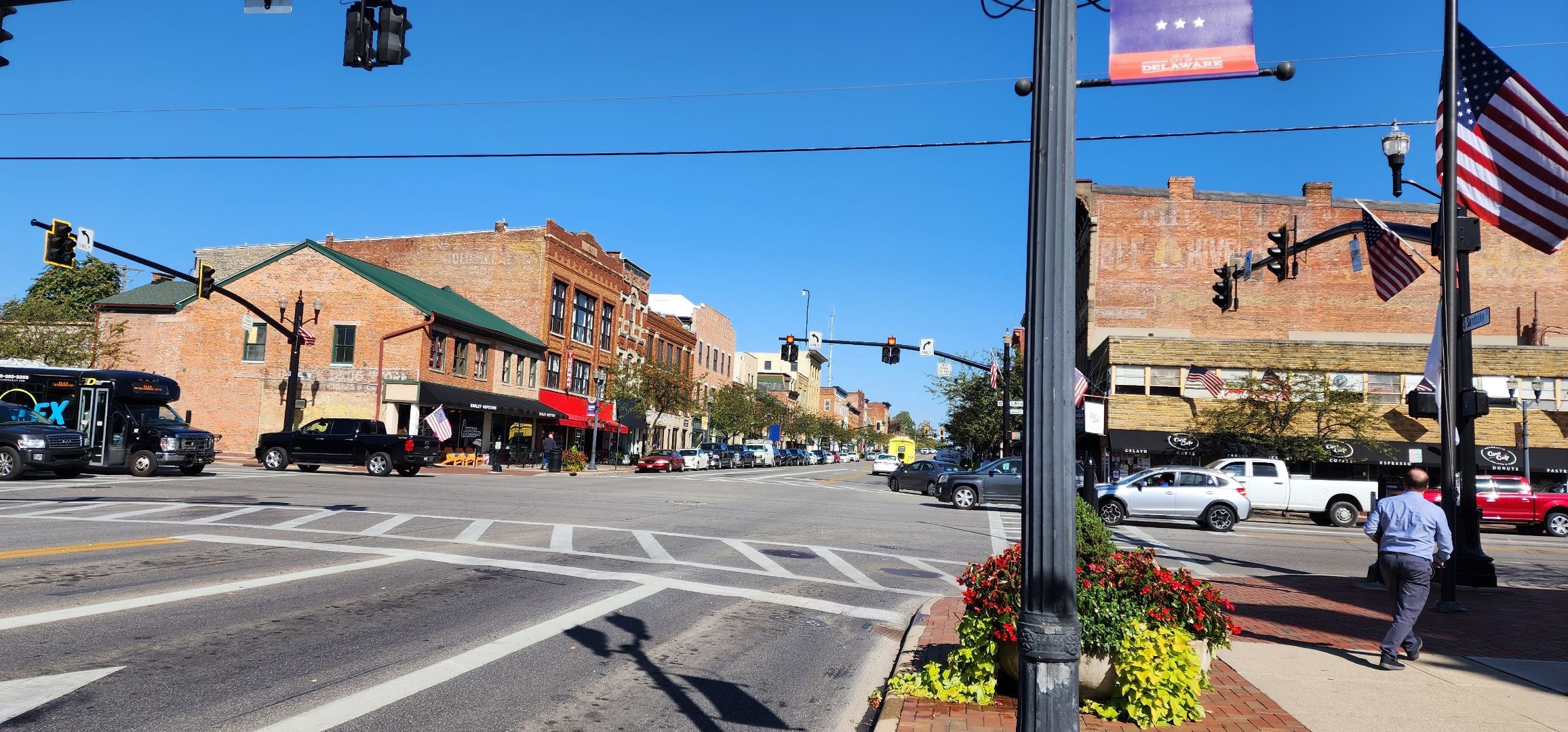Hayes students express frustration with traffic during after school departure
Traffic at the intersection of Euclid Avenue and West Heffner Street as parents pull into the drop off loop, and students try to get through the chaos to make it to class on time.
March 4, 2022
A leading issue in the lives of student drivers at Hayes is the after school traffic they face during egression.
Delaware County is one of the fastest growing counties, growing at a whopping 23% since the last census in 2010. Along with the spike in population comes a wave of children in need of schooling.
The junior and senior classes total to just over 800 students and with this number, Hayes has outgrown its available student parking capacity.
Hayes’s system of after school departure is a combination of juniors, seniors and some sophomores trying to exit the parking lot mixed with a blockade of parents trying to pick up their kids from the front of the building. The parents and their cars practically form a wall down the street making it impossible for anyone to see around them.
One of the main problems is the miscommunication at stop signs and the pure fact that student drivers can’t see in both directions at the stop sign due to the pick up line of cars.
Some students have resorted to parking on the surrounding suburban streets to try and evade traffic.
“Parking on the street is much quicker than parking in the lot due to the amount of traffic in it,” junior Lexie Michael said.
The congestion adds around 10-15 minutes to a student’s commute home and the general consensus among student drivers at Hayes is that the traffic is unfavorable.
“The traffic is frustrating,” Michael said. “If I’m not rushing out of the school, then I end up in traffic for 20 minutes.”
This can especially be frustrating for students with jobs or extracurriculars who need to get somewhere in a timely manner.
Many may see building a new parking lot as a simple solution to the problem, but the issue roots deeper than that. The plot of land Hayes is built on will not be able to accommodate a new parking lot – at least for a while.
Hayes is surrounded by the north-west neighborhood along with a baseball field, a football field, a softball field and other adjacent businesses.
Nonetheless, Dean of Students Don Burroughs said that within a couple months, there should be a release of obstruction after school.
“The traffic before and after school fluctuates more with weather,” Burroughs said in an email interview. “We find in the fall and spring, there are fewer cars, especially for parent pick up and drop off.”
In the meantime, administration and students have been individually brainstorming several ideas to potentially assist the traffic.
Seniors Brady Gazarek and Blake Frisch have even jump-started a project dedicated to creating a remedy for egress.
“One idea we had is that seniors can leave 5-10 minutes early, before everybody else to get a majority of the parking lot cleared out,” Gazarek said.
No solution will be executed flawlessly, however the attempts at creating a remedy are beneficial.
“Another idea we had was [with] the walking path that goes by the baseball and softball fields,” Gazarek said. “That could turn into a one way exit for driving.”
Other students have suggested directional arrows in the parking lot, 4-way stop signs and a traffic director. In addition, more advanced and technological solutions have been brainstormed.
“I’ve proposed a monorail or subway system to a remote parking location, though I’m not sure those are feasible,” Burroughs said.
Unfortunately, the issue will not fade within upcoming years. The largest class at Hayes this year is the freshman class, with 434 students, meaning they will have to face the traffic as well unless something is enacted.
Realistically, change is not feasible anytime soon. The 2021-2022 school year is coming to an end, meaning that any change will most likely be put in place next year at minimum.
“DCS may have a new high school someday in the future, though there are many factors to consider such as cost and location,” Burroughs said.
Until then, students must try their hardest to communicate with others to alleviate some of the holdup, and the district should remain hopeful for change as they navigate the rapidly-growing city of Delaware.

